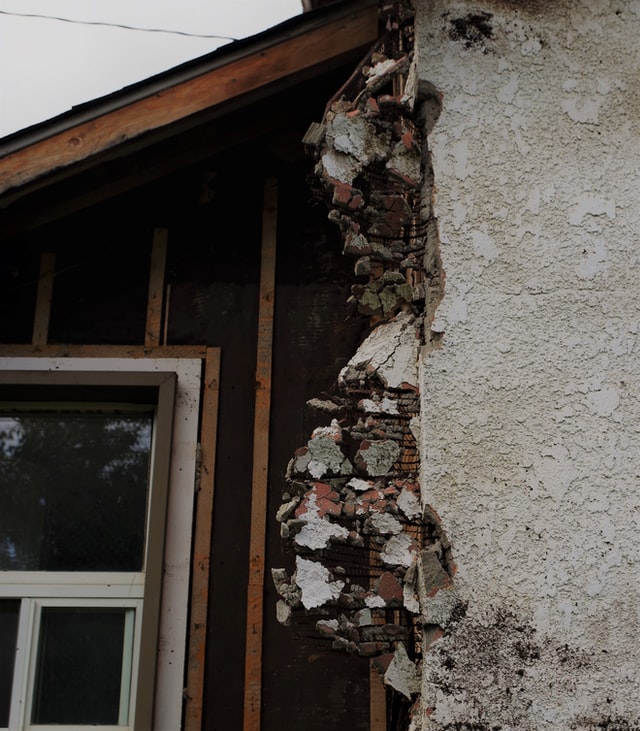Asbestos fibers—widely found in general industry materials prior to 1972, when OSHA began to regulate its existence—can lead to long-term health effects such as respiratory disease, asbestosis and at least the known cancers. When industry standards began to mandate monitoring of this problem after 1972, it was not only employers who listened: everyday Americans became concerned about the fibers they could be breathing as a result of airborne asbestos. Major occupational improvements such as a ventilation systems, wet processes, exposure assessment tests and air quality regulation efforts stirred the concern among average Americans. If workplaces were setting up hazardous waste removal sites for employees exposed to Asbestos, what did this mean for the airborne particulates within the walls they sleep? How was this airborne fiber damaging the clothes they wore every day?
The answer is still not clear. The only way to be sure about the presence of Asbestos, according to Environmental Engineer Jeff Bradley, is to test. Such procedures, however, are expensive: the OSHA-accredited testing materials, which measure both the rate of airborne exposure and the presence of particulate matter, can cost up to $750 per sample. A surface test, Bradley says, only measures up to four square inches of clothing—one-eighth the inseam on an average man’s pair of paints. Even then, these surface samples cannot be sure to detect every fiber present, leaving asbestos inspectors to often conclude the following: even after sampling, asbestos-contaminated clothing could be hazardous to your health. If the average American spends $50 on a pair of pants, the scientific process to rule out asbestos-contamination danger is fifteen times higher than purchasing a new pair of chinos.
According to the most recent Asbestos Regulations Manual put forth by the Institute for Environmental Education, “Asbestos-containing material (ACM)” (p. B-1) must be treated as hazardous, which includes, but is not limited to, the following: proper laundering after initial clothing assessment (as Bradley stated, up to $750 per sample for a small area of clothing), inspection of cleaned clothing, disposal of clothing that does not unequivocally meet the OSHA standards. Such actions are monitored closely due to risks of releasing asbestos. “If the asbestos-containing material is damaged or deteriorated, the professional may recommend that it be removed or repaired. Planned or unplanned renovation activities may also require removal if asbestos-containing material will be disturbed as a result of the renovation. If materials are intact, but have a high potential for being damaged or disturbed, it may be desirable to remove these materials to avoid inadvertent exposures,” James Fite of the White Lung Organization reports.
Even if the area said to contain asbestos passes visual inspection, aggressive air sampling should be performed to test for asbestos fibers, according to Fife. Such samples, Bradley adds, are a minimum of $80 each and must be conducted after the initial assessment. Bradley’s company, IndoorDoctor, charges a travel fee of $350 per visit. The U.S. Department of Labor’s Daniel Walker makes note of an additional cost: “…The laundry provider should have analytical procedures in place to verify that the decontamination process was effective.” Additional costs mandated by the EPA might include hiring a consultant to develop a management plan.
While Bradley understands that cost often drives health-related decisions, he concludes that the exhaustive testing, remediation and re-resting of ACM in a single-family home would be more extreme than proper removal of potentially-affected materials. “Considering the lack of certainty and the probability that future testing would need to be conducted on laundry exposed to asbestos, I recommend that my customers properly dispose of their clothing and start with a fresh peace of mind,” Bradley concludes. In short, a new wardrobe not only prevents asbestos fibers from becoming airborne, but won’t burn a hole as deep as the testing required to eliminate the fibers from used clothing.






